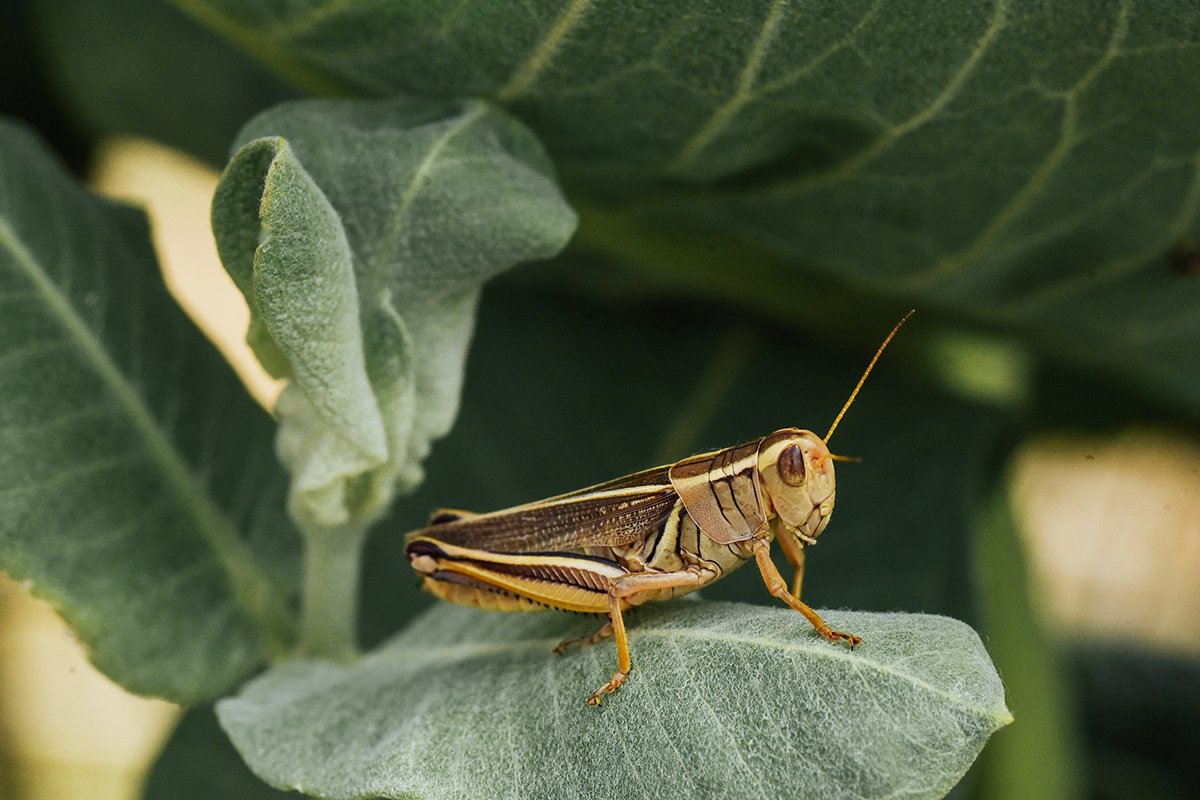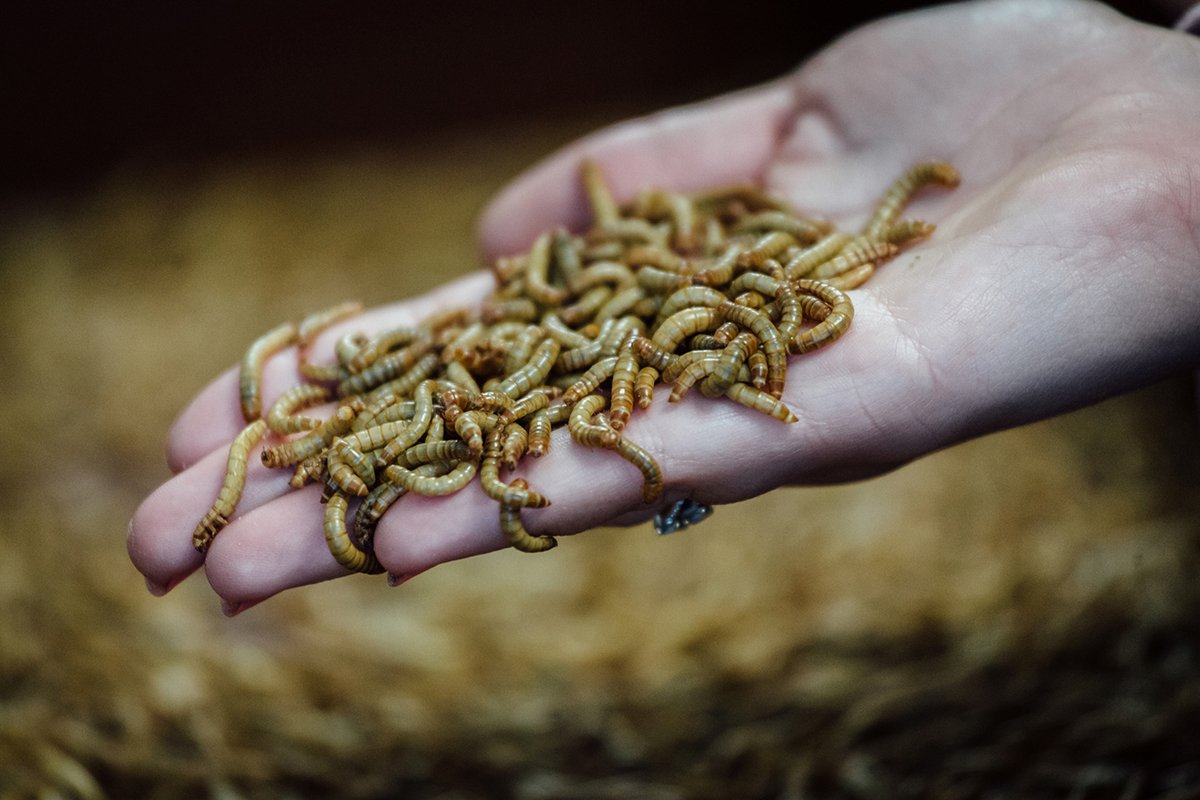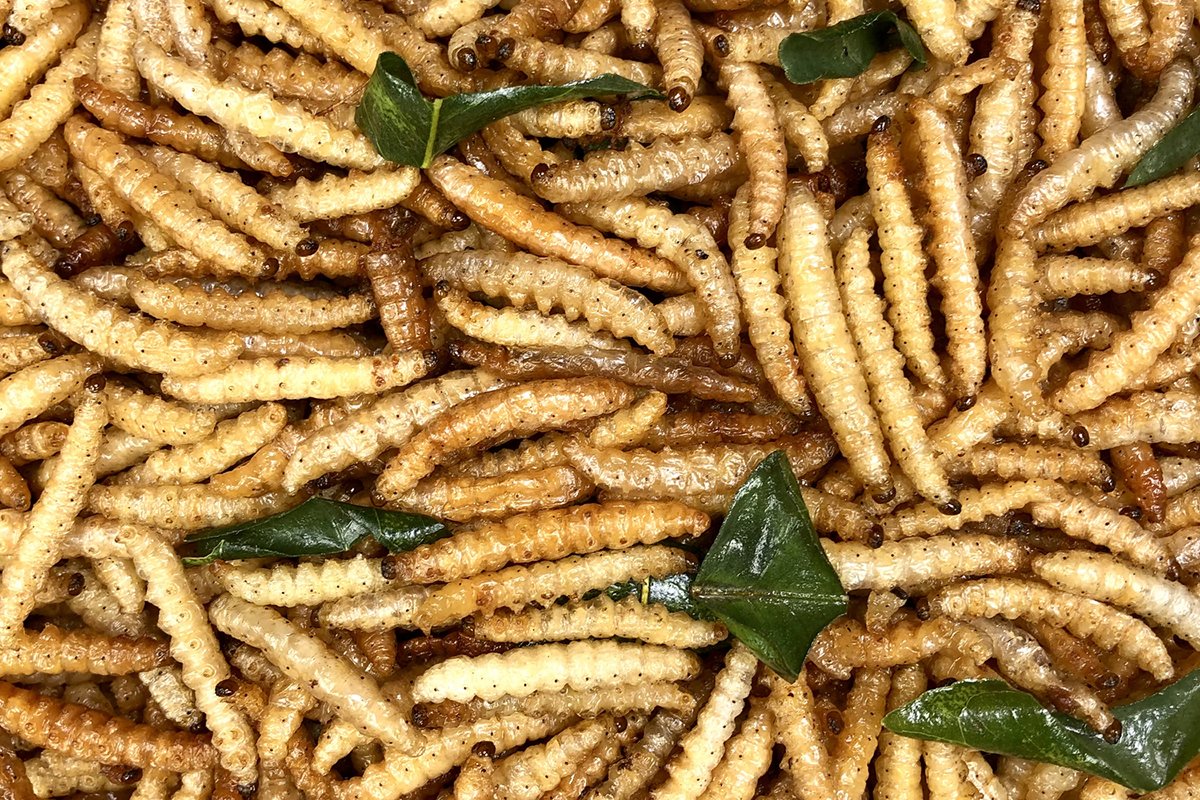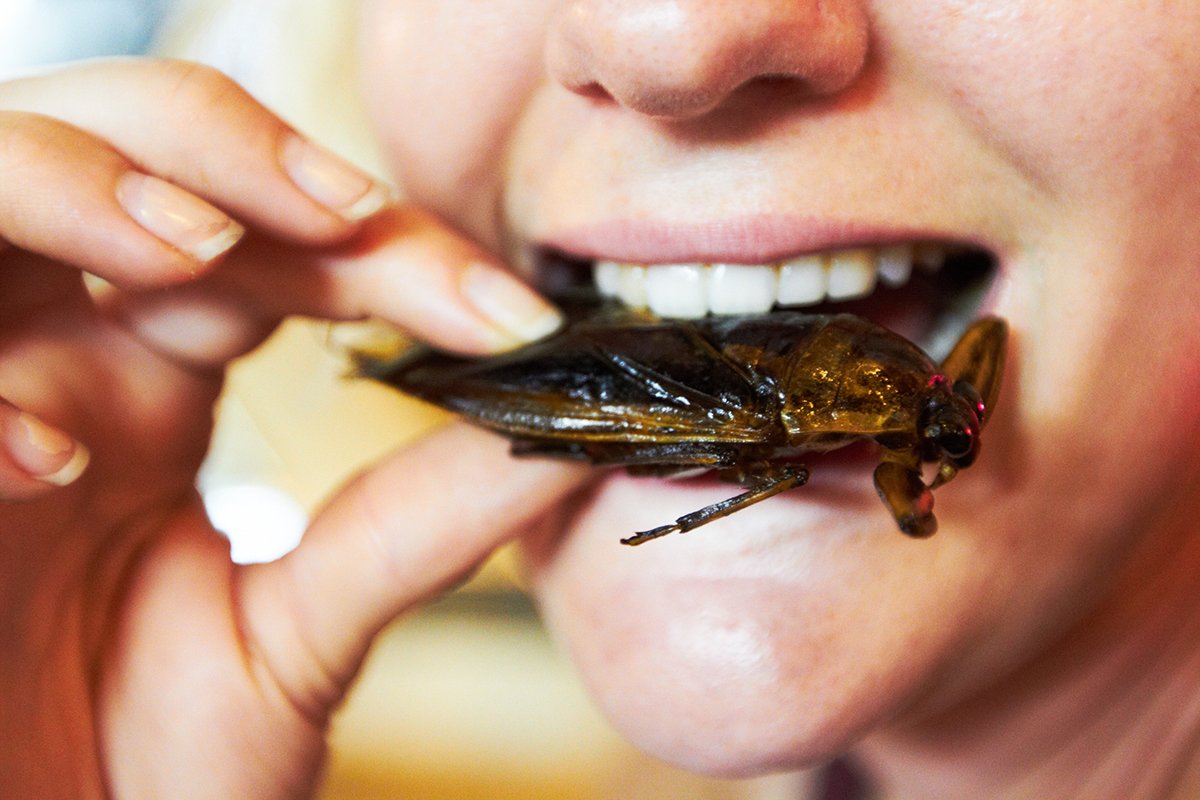Bugging Out: A Guide to Incorporating Edible Insects into Your Diet
Ants, crickets, and mealworms, oh my! Even the bravest outdoors enthusiasts often don’t consider chowing down on insects on the daily, but perhaps they should. In the United States, entomophagy, or the practice of eating insects, is still largely relegated to the world of reality television, including the survivalist show I Survived Bear Grylls, but that’s slowly starting to change.
Whether you’re motivated by the eco-consciousness of consuming creepy-crawlers or simply into the novelty of trying out insect-rich cuisine (giant earthworm jerky, anyone?), this guide will help you navigate the benefits of protein-packed bugs and how to introduce them to your diet.
What’s So Great About Bugs?

As those who enjoy the great outdoors are well aware, bugs are more than abundant in nature. As a result, they’re an environmentally sustainable addition to mealtime, especially since insect farming doesn’t demand significant amounts of space, water, or feed.
Insects are nutritionally dense and rich in essential amino acids, vitamins, minerals, and healthy fats. Many insects also contain an impressive profile of vitamin B12, iron, and zinc, making them a great way to achieve a well-rounded diet.
Venturing into the World of Edible Insects

Eating bugs in a healthy way is a little more involved than just scooping up some ants or crickets from outside. It’s vital to purchase insects intended as a food source for humans. This includes buying them from reputable sources that adhere to stringent hygiene standards and ethical farming practices.
Trips to the pet store are ill-advised, since insects designed for domesticated animals aren’t fit for human consumption. And harvesting them from the wild could mean exposure to harmful pesticides and pollutants.
Instead, newbies to entomophagy can ease into acclimating to the taste and texture of bugs by starting with readily available products like protein bars, premade snacks, and other insect-based products found at online retailers, specialty stores, and farmers’ markets. Another simple way to start out slow is to use insect flours in recipes or mixing edible bugs into smoothies.
What’s for Dinner?

All edible bugs aren’t created equal and shouldn’t be consumed interchangeably either. Learning the flavor profiles of those most commonly consumed is a great way to understand how they might be best incorporated into balanced diets and delicious dishes. Palettes are personal — sometimes there’s just no getting around the “ick” factor with eating certain types of insects — so testing out what you prefer is a matter of trial and error.
For a mild, nutty flavor, try out crickets and mealworms, which are versatile and good for use in both savory and sweet dishes. Ants and termites, on the other hand, are earthy or slightly tangy in taste. Meanwhile, grasshoppers and locusts have an umami-like flavor that gives them a savory note similar to soy sauce or mushrooms.
In the mood for some heat? Red palm weevil larvae are known for their savory-spicy kick and can add dimension to dishes.
What to Do Once You’re Really Cooking

Including insects in a diet doesn’t have to be a totally utilitarian decision. Experimenting in the kitchen is encouraged. Crickets, mealworms, grasshoppers, and other natural earthly delights can be tossed into stir-fries, pasta dishes, and even salads to add texture and new flavor profiles to these and other favorite meals.
Aspiring home chefs can also begin to expand their insect-consuming horizons by taking inspiration from global cuisines. Commonly eaten in Mexico, toasted grasshoppers or chapulines, can be combined with guacamole, salsa, and lime juice for tasty tacos. Crickets and mealworms can be mixed with rice, cucumber, and other ingredients for homemade sushi rolls.
Have Fun and Don’t Freak Out

Edible insects may not be for everyone, but giving them a try could lead to some transformative experiences, even on a more modest scale. Sharing the journey with friends and family can be a rewarding way to embark on a culinary adventure, since eating is, after all, an inherently social activity.
Binging on bugs might also act as a gateway to a more sustainable and adventurous approach to dining. If nothing else, sharing your taste for edible insects will undoubtedly make for memorable dinnertime conversation.







